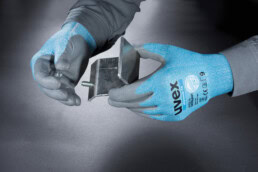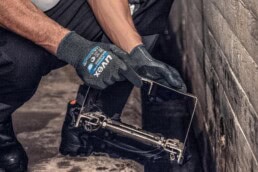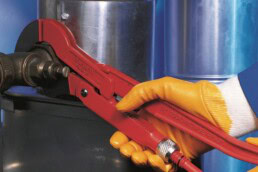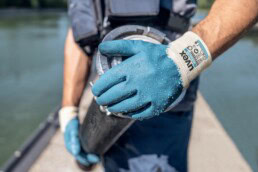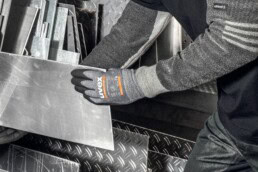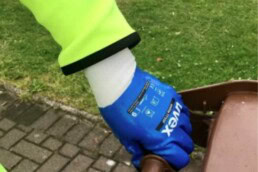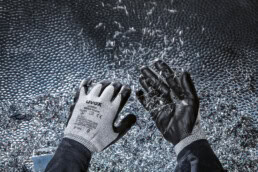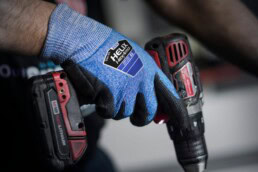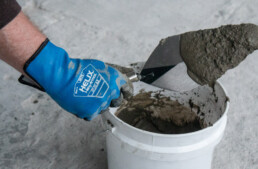When choosing a glove, one of the biggest factors is the grip. There’s much to consider – starting with the application. Are you working in an oily, wet, or dry environment? What kind of hazards are present? What kind of equipment will you be handling?
Not having a proper grip on the job can have ramifications on a gloves’ effectiveness and can make or break a worker’s productivity. The more control, dexterity, and durability a grip provides the more benefits it has – including a decrease in hand-related injuries from slipping, dropping, or mishandling equipment.
How do you know which grip is the best for your job? Let’s walk through the options.
Flat nitrile (NBR)
Flat Nitrile (NBR) also known as a solid coat, this coating provides excellent abrasion resistance and extends the gloves life in service in tasks such as manual handling, paving/block work and general housekeeping applications. Flat nitrile can become very slippery in wet applications.
Polyurethane
Polyurethane, or PU, is a lightweight, flexible, durable grip coating that features good abrasion and puncture resistance. This coating is incredibly popular and sufficient for a wide range of applications. However, with PU you will always get “strike through” which is the PU impregnating into the interior of the glove so that the PU is always in direct contact with the skin.
With so many choices for grip options, many workers find their favourite through trial and error. While some grips are superior to others in certain applications, choosing a grip ultimately comes down to personal preference.
From the mine site to the warehouse, to the sawmill – uvex’s breadth of grip options provides workers with the high flexibility, durability, and breathability needed to stay productive. Contact us now to discuss your coating requirements with uvex hand protection specialist.
